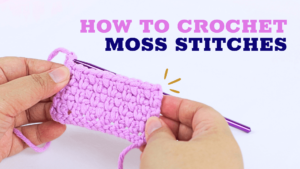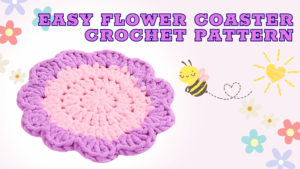How to Knit for Beginners: A Fun List of 20 of Our Best Tips and Tricks!
Let's get into the knitty-gritty!
Let's get into the knitty-gritty!
Learning how to start knitting can feel overwhelming for beginners of the craft. But that’s okay. Every expert was once a beginner and probably made many, many, MANY mistakes as they grew their skills!
I know I had moments where I ugly-cried over a knitting project just because I couldn’t figure out how to decrease stitches. That was in 2019, we’re now mid-2023 and I still struggle with these stiches from time to time!
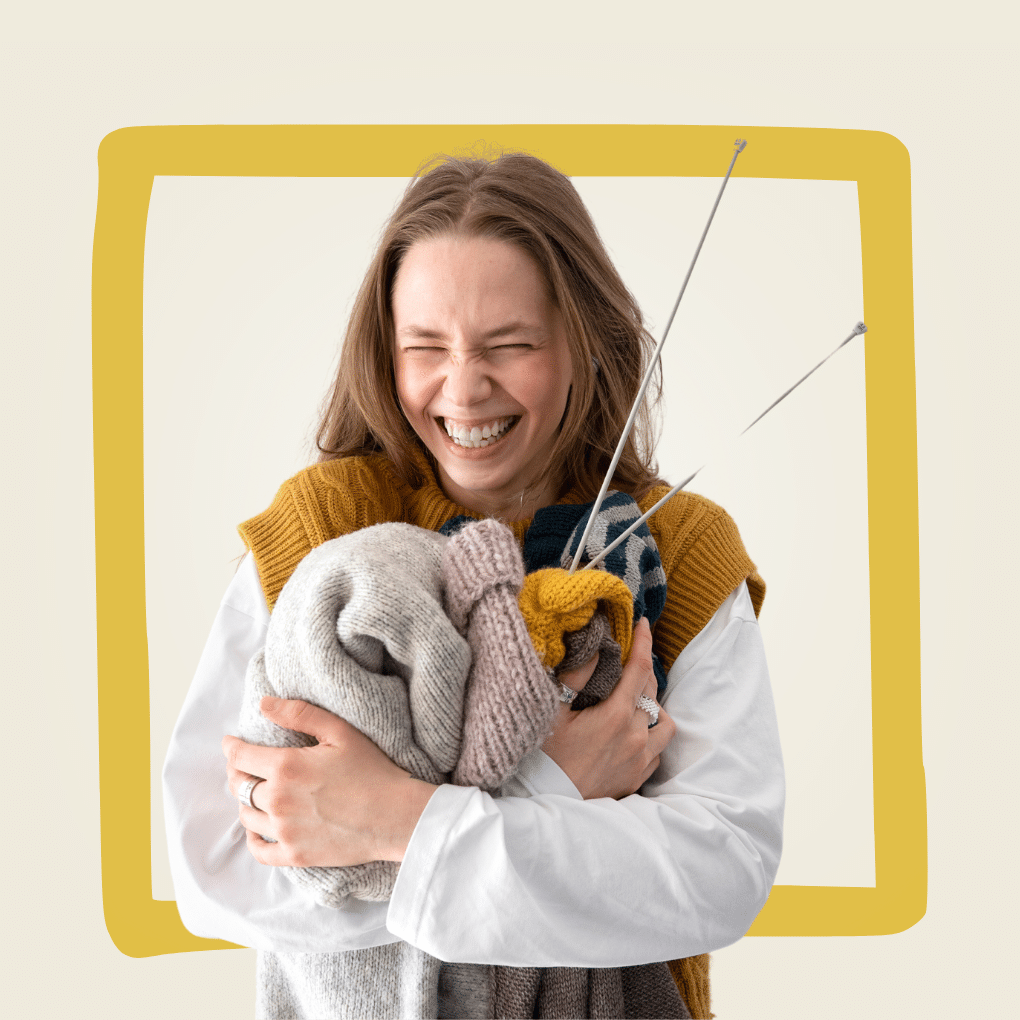
Well, my ugly sobbing story aside, I’m here to share a few tips and tricks that I wish I had known when I first began to knit!
To be completely honest with you, when I started my knitting journey, I didn’t go on an internet deep-dive about the useful tips and tricks on how to start knitting. I went in completely blind…
You’re starting here, so that means you’re starting your knitting journey in a better than I did!
In this article, I’ll be dividing each tip on how to start knitting into specific categories so that it’s easier for you to digest each topic. I know how overwhelming learning a new skill can be.
So the flow will look like this:
Sound good? Then let’s get started!
I love yarn. But when I first learned how to start knitting, I was not aware that yarn could be stored in different forms—this meant that I was always dealing with knots and tangles that took me thirty minutes to an hour to deal with!
I was also unaware about the different fiber materials and how to work with each one. So here are my quick tips on how to work with yarn:
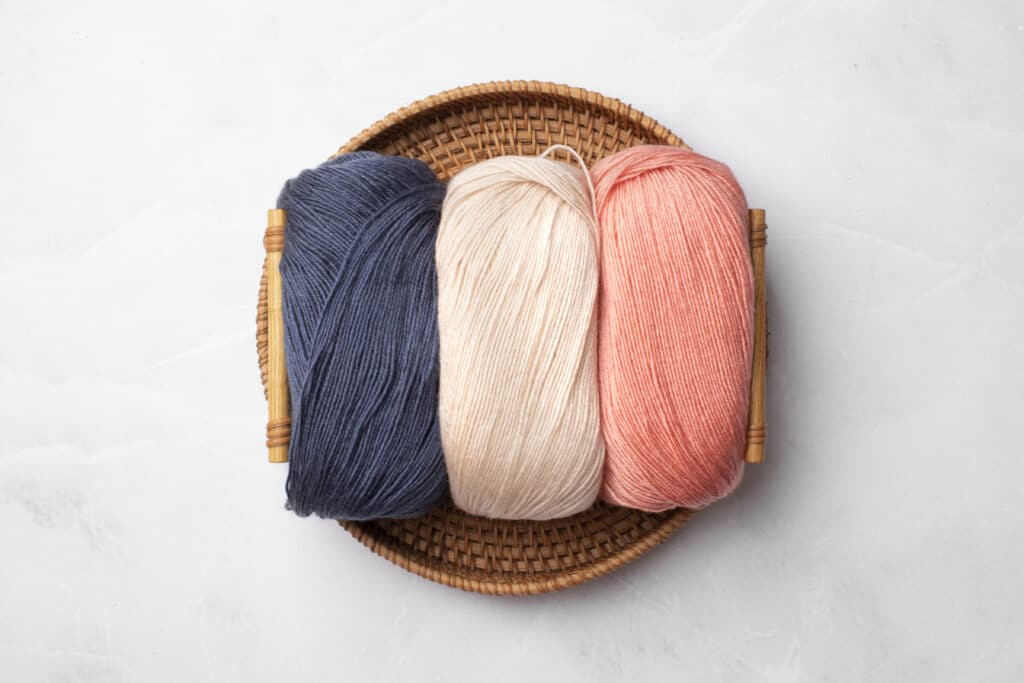
It’s so tempting to rush into using those beautiful, textured/specialty yarns. But as a beginner, that might not be the best move! These yarns need a bit of getting used to and knitting the stitches can be quite finnicky.
I suggest you practice with acrylic yarn as they are much easier to work with and more affordable!
Stitches are much easier to see in light-colored yarns compared to darker yarns. This makes them perfect for beginners in knitting.
So if you find a dark blue knitted scarf pattern that you want to try, I suggest you hold off a bit and practice the stitches with a lighter shade first.
Yarns come in different weights, and each weight comes with different uses. Many pro knitters suggest working with worsted weight yarns for beginners.
This yarn weight is thick enough that it’s easy for beginners to get acquainted with the stitches and spot—and correct—mistakes!
Those twisty pretzel braid-like yarns are called hanks. They’re beautiful to stare at but are prone to tangles and knots. But you can make life much easier by winding your yarn into yarn cakes!
You can invest in an affordable yarn winder and holder, or you can hand-wind your yarn. No fancy equipment needed!
Yarn tends to tumble around as you knit. This can be frustrating especially when you’ve found your rhythm and your yarn balls are just flopping about. But you can remedy this little nuisance with a yarn holder.
Yarn holders come in different shapes and sizes. They are also quite affordable. But if you don’t feel like buying one just yet, you can also use a laundry basket, fruit bowl, or an unused teapot—just thread the yarn through the spout!
The next beginner tips on how to start knitting is all about needles! Knitting needles are among the top 10 most important knitting materials every knitter should have.
Finding the perfect set of knitting needles can vary from one person to another. They come in different thicknesses, materials, and lengths. Some sets are cheaper and some…well…some cost a few hundred dollars.
As a beginner, you don’t have to go all out on your first pair of knitting needles. But your needles should be able to carry you through most of your first projects. So here are some of my useful tips:
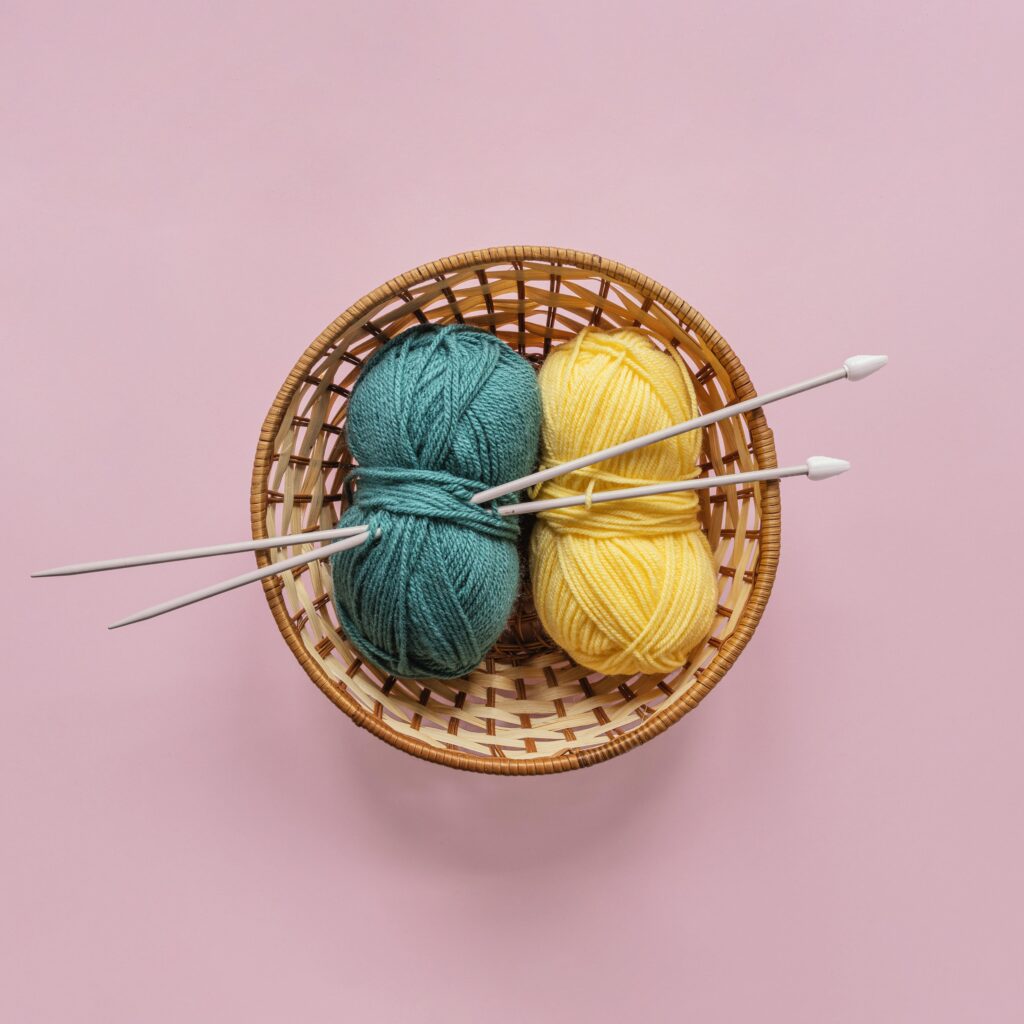
Many pro knitters recommend wooden needles for beginners because of the friction. Having some friction on your yarn can be good so that your loops don’t slide through as easily.
When you’re just learning how to start knitting, you shouldn’t immediately go for the fancy needles. There are tons of affordable, great-quality ones online.
Some good wooden needles are bamboo, ebony, birch, and rosewood!
Thicker wooden needles are great tools to start on for beginners. According to Brown Sheep, needles that are between the sizes 6 (4mm) and 8 (5mm) is a good range to start with.
If you’re starting a new project with some new balls of yarn, you can find the recommended needles sizes on your yarn’s wrapper or band!
Have you encountered that annoying squeaking every time you knit a stitch? Well here are a few ways to get rid of that:
If you are loving the craft and are ready to make your first knitting needle investment, then getting some circular knitting needles will do the trick!
Circular needles are perfect for working on longer projects and also projects that need to be knitted in a round. They’re also adjustable which means when you buy one set you can knit just about any project you can imagine without having to buy more!

Don’t you just hate when yarn slips off your knitting needles?
Introducing BeKnitting’s Set of 9 Straight Bamboo Knitting Needles! Sleek, sturdy, and slip-proof, these needles will give you the smoothest knitting experience ever.
Find them on Amazon!
Getting deeper into knitting, we’re going to talk about some tips that involve making stitches and solving misshapes!

Tight cast ons make it near impossible to knit into at the the beginning of your round. This also tends to create misshapen pieces and that’s really frustrating!
Avoid tight cast ons by practicing stretchier methods such as the long tail cast on and using two needles to keep the loops even all throughout! You can see a list of stretchy cast ons here!
Dropped stitches happen to the best knitters you can think of. So don’t feel too bad if that happens to you too!
You can fix a dropped stitch with a crochet hook. Simply pick up the dropped stitch and loop it back onto your needle.
Before you even start on the project. An important part of knitting for beginners (and pros) is knowing your stitch gauge. This ensures that your finished project has the same measurements as the author!
If you are just learning how to start knitting, you might be a little bit hesitant to try out the more advanced stitches. But you don’t have to.
All you need are the basic stitch combinations to add some texture to your projects. Part of knitting for beginners is getting to know the different stitches and this is the perfect opportunity to do that!
The clean-up stage of every knitting project is something many pros and beginners sigh about. Imagine dozens of yarn strands that you need to sew and hide into your project! Don’t worry! We have a tutorial to show you exactly how to weave those yarn ends into your project.
The clean-up stage can be tricky for those just learning how to start knitting. So here are a few tips:
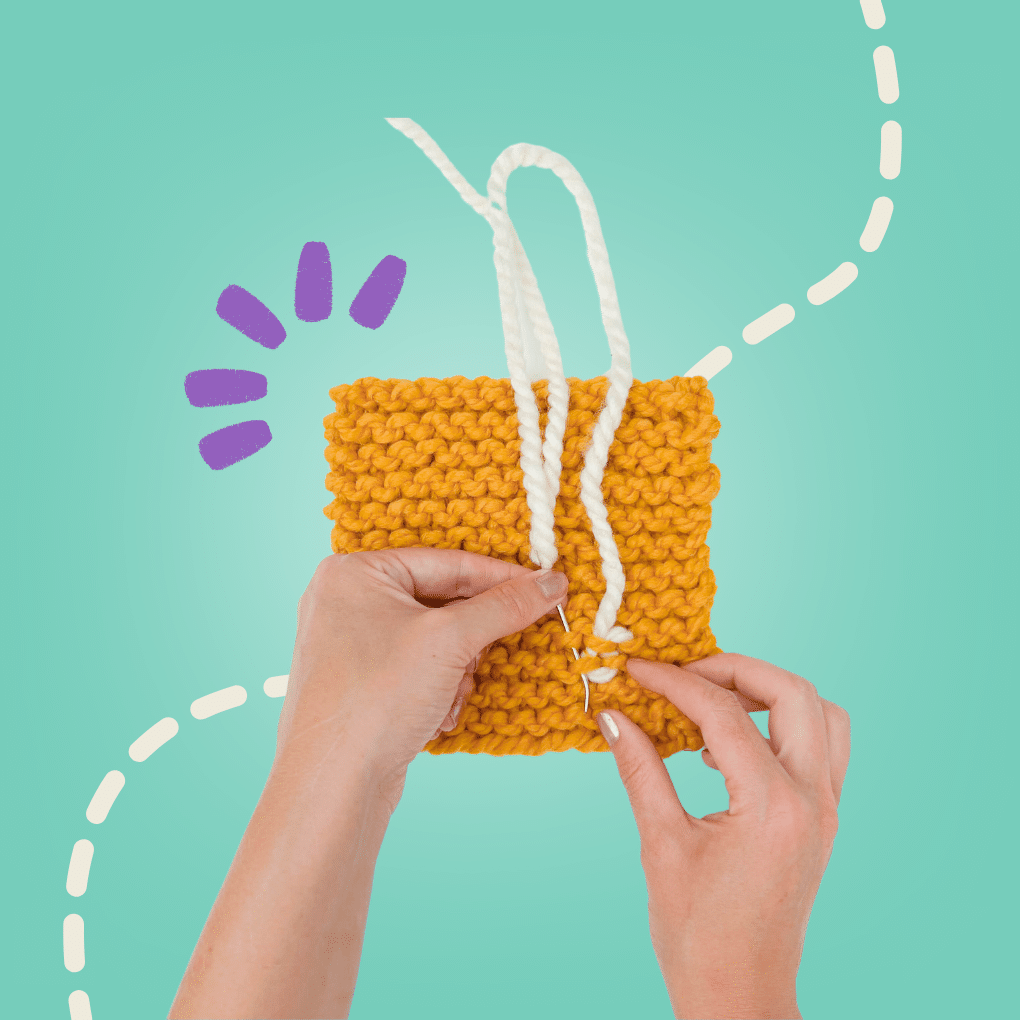
Depending on the stitches you used on your project, you might have to result in a more “intense” method of hiding yarn ends. Using a sharp tapestry needle ensures that your loose ends won’t come undone after the first few uses!
This one’s a no-brainer but it’s very easy to accidentally sew into the front side of your work. Take your time sewing your yarn ends into the wrong side of your work!
Another way to make sure your yarn end never moves around is to use a dab of fabric glue as you finish weaving in the end!
Another great way to weave in ends is with a crochet hook. Just make sure that it’s about the same size as the knitting needle you used. Simply push the needle through the stitches on the wrong side if your work and pull the loose yarn end through!
The Duplicate Stitch is one of the most handy stitches in the knitting world. It sounds difficult, but duplicate stitch knitting for beginners is much simpler than it sounds.
If you are working with a yarn tail that is the same color as the knitted base, all you have to do is to duplicate the stitches you needed using a blunt tapestry needle!
—And done!
Look, it’s perfectly normal to feel overwhelmed, especially after the information overload you just went through. So take your time to read through each tip.
Learning how to start knitting has the same challenges as many new hobbies. So don’t feel too frustrated if you don’t have perfect results in the first few tries.
More importantly, don’t feel too bad if you mess up and forget to follow the steps in this article. Even pros forget or get lazy and just weave ends in the most horrendous ways possible—even I do that! (Though I do come back a few days later to fix the ugliness I made hahaha!)
Knitting for beginners should be fun! There are no rigid rules that you have to follow.
Excited to try out the tips you learned today? Check out these basic knitting stitches for beginners, learn to knit beanies, or go big with knitted blanket patterns!

